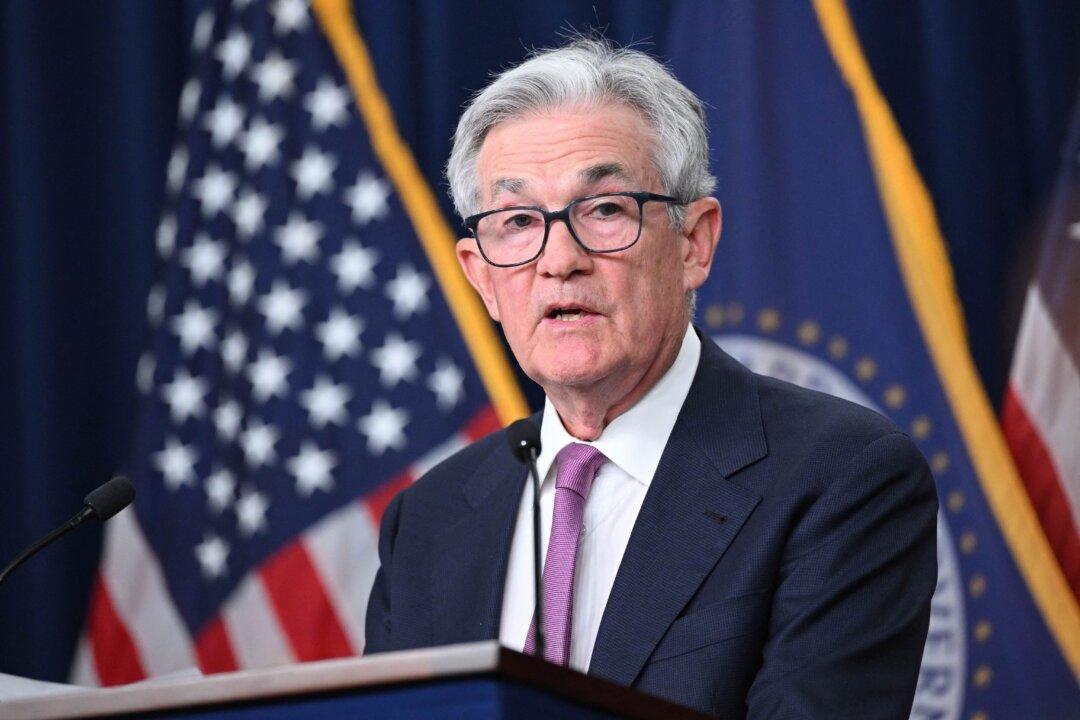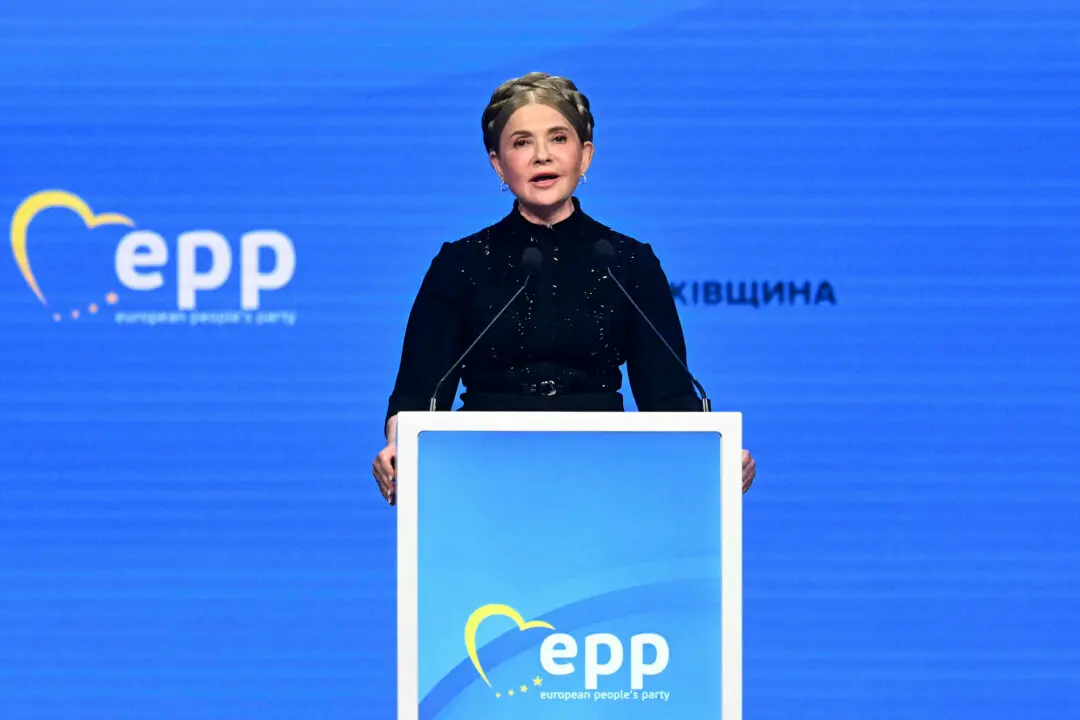Newly released records of discussions among Federal Reserve policymakers show that they expect one more interest rate hike and then they'll hold rates high for “some time,” although a recent surge in long-term Treasury yields may have changed that calculus.
Minutes from the central bank’s most recent September meeting of the rate-setting Federal Open Market Committee (FOMC), released on Oct. 11, show that a “majority” of officials believe that one more rate hike “would likely be appropriate” to get inflation closer to the Fed’s 2 percent target.





